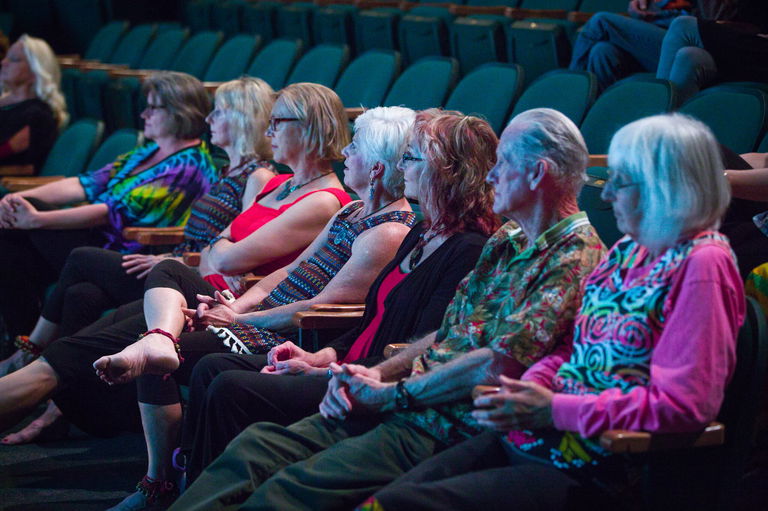
What's the Matter with Numbers?
Inga Petri
Nov 24, 2014
The following post was originally commissioned and published by CAPACOA . Inga Petri shares her take-aways from the Culture Shock debate entitled “Hard Facts VS. Proverbial Truths: The Impact of Arts & Culture on Canadian Citizens & Communities” held on November 20, 2014 at the Community Knowledge Exchange Summit. Moderated by Canada Council for the Arts Director and CEO Simon Brault, O.C., O.Q.
Billed as #CultureShock, Alain Dubuc, a journalist and economist, and Shawn van Sluys, who heads up a philanthropic foundation that works to make the arts more central to our lives, debated whether “For arts and culture to be fully valued by society, their impact must be demonstrated with hard facts” or whether proverbial truth are sufficient.
The case for telling the stories of transformation and understanding through art was made eloquently. Yet, I was more struck by the economist’s assertion that hard facts are “the best way” rather than “the only way” to ensure we fully value arts and culture.
This debate brought to my mind Daniel Kahneman’s observation in Thinking, Fast and Slow that humans have a propensity to believe that “what you see is all there is.” He cautions us that we can easily miss important parts of a situation because there may be more going on than meets the eye.
And that reminded me of the old adage that what we count is what matters. By inference that suggests that we actually count what truly matters, and that those things left uncounted do not matter. In the arts much of what gets counted are ticket sales or attendance as a percentage of capacity. Until recently, little attention has been paid to collecting the stories, let alone data points, of impact and benefits of the arts. In my view, just because some things are (relatively) easy to measure, like attendance or GDP or employment figures, that does not mean that they tell the whole story – or the most important parts of the story. Conversely, just because some things are harder to measure that doesn’t necessarily make them any less important or, for that matter, immeasurable.
Indeed, I think we gain the deepest insights through a purposeful combination of numbers and stories. For numbers are not meaningful by themselves. Numbers require context and an understanding of the intrinsic dynamics at play. In my work as a researcher and strategist, my task is not merely to produce tables and analysis, but to interpret findings and create meaning. It is this highly creative process of meaning creation and collaboration with all the decision-makers that can lead to new insight. And in creating meaning we bring the numbers to life through examples: the stories.
Some in the arts do not wish to speak the language of numbers which they equate with the language of business. From my experience working with corporations I know that yes, numbers are important, but many invest heavily in innovation and creativity in order to solve significant problems and improve quality of life through new products and services. The divide is not so great. Rather, we may well be just lacking translators or mediators; people who are proficient in both languages and who can help us understand each other better.





